People say okra is prickly. It’s slimy. It’s tough. I think those giant pods from the grocery store are responsible for okra’s bad reputation. Smaller home-grown pods are only slightly fuzzy, much less slimy, and perfectly tender. Since okra is one thing that will grow in Florida’s summer heat, it deserves a chance. It grows right alongside peppers, which also tolerate the heat. Okra and peppers are meant to be together, so I like to tuck them in a jar and let them hang out for a while until they become pickled.
This recipe was inspired by The Art of Fermentation by Sandor Ellix Katz, the guru of all things fermented. It’s not a book of recipes. It’s the cultural history of fermentation and a guide on concepts and techniques. Your favorite foods are probably fermented (chocolate, cheese, bread), and this book takes away their mystery.
Pickles are a simple way to get started with fermentation. The pickles you find at stores are usually made with vinegar. These okra pickles are brined in salt water, which creates lactic acid. Lacto-fermented foods are nutrient-dense and full of healthy microbes. The modern food-processing industry was not able to reproduce it, so they replaced it with vinegar to ‘quick pickle’ food. Distilled vinegar kills microbes, which makes it a good household cleaner. But food soaked in it lacks all the health benefits of truly fermented food.
I find a jar fitted with an airlock is the best device for pickles in a tropical climate. The tight seal prevents mold from forming and keeps bugs out, while the airlock releases pressure. You can find them on Etsy. The technique is the same for cucumbers, carrots, cauliflower, radishes, and other firm veggies, just in case you don’t like okra.
Pickled Okra with Peppers
Ingredients:
1 lb. okra
1 quart filtered water
1-4 hot chili peppers, sliced in half, according to your heat preference, and keep the seeds if you want even more heat (I used one fresno and one serrano)
4 cloves garlic, sliced in half
3 tablespoons kosher salt
1-2 tablespoons pickling spices (suggestions: peppercorns, mustard seeds, bay leaves, coriander, juniper berries, cardamom)
Directions:
Pour the water into a measuring cup and whisk in the salt until it begins to dissolve. Pack the okra, peppers, garlic and spices into a clean, wide-mouth, quart-sized jar. Be sure to pack them tight enough that they are held down by the shoulders of the jar. Pour the water into the jar until the vegetables are submerged. Seal the jar with an airlock device, or seal loosely with a regular lid. Place it in the coolest, darkest area you can find. The amount of time will depend on the temperature. If it’s summer in a tropical climate, it will only take 2-3 days. If it’s cooler, it can take a week or more. Check it daily. If you’re not using an airlock, be sure to release pressure by opening the lid if you see it bulging. When you see tiny bubbles rising to the top, it’s beginning to ferment. Taste the pickles. When they’ve fermented to your liking, put a lid on them (I use a plastic lid at this point because the metal bands rust from the acidity of the ferment) and store them in the refrigerator.
*Special thanks to Sandor Katz for permission to write about his methods and link to his website.*

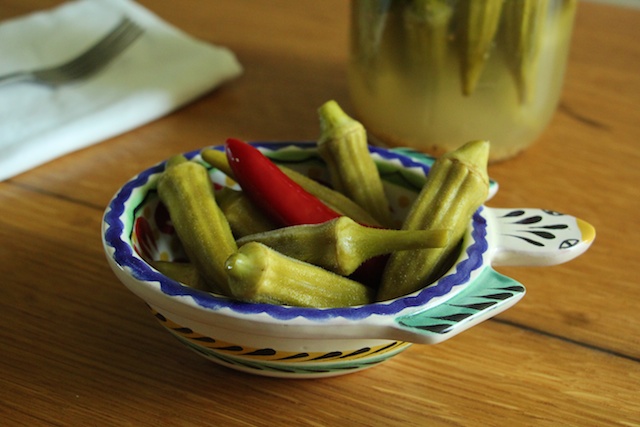

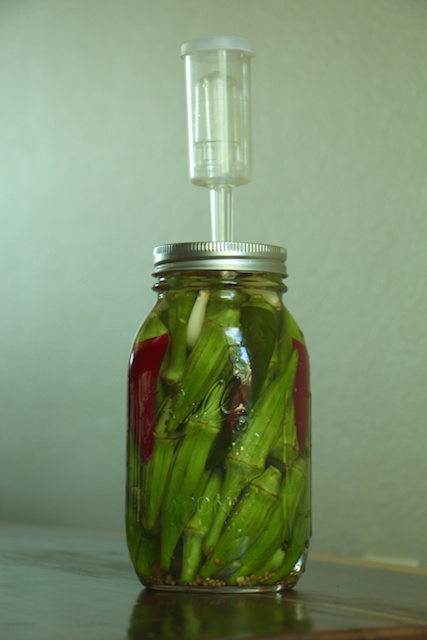
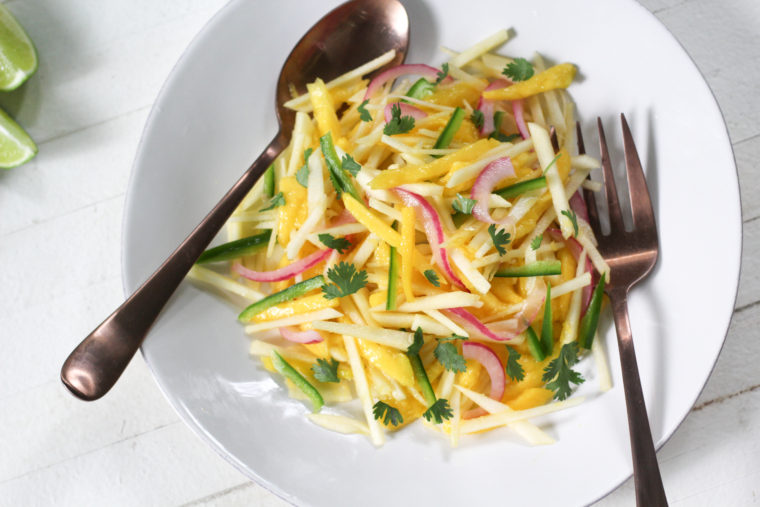
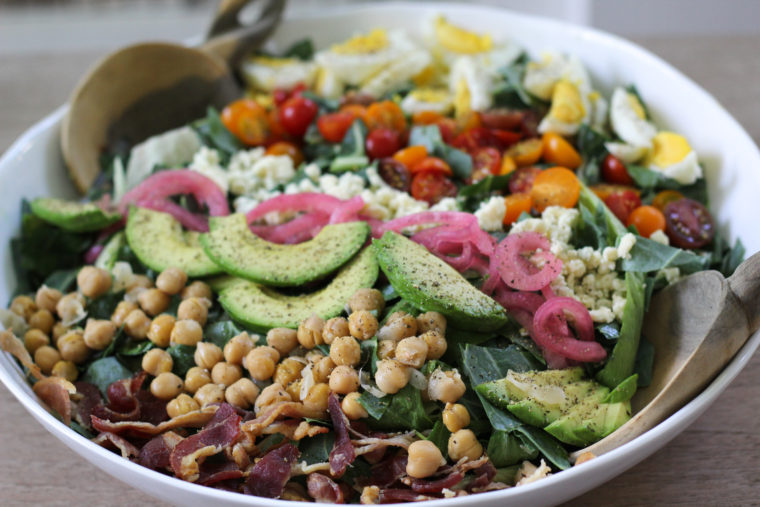
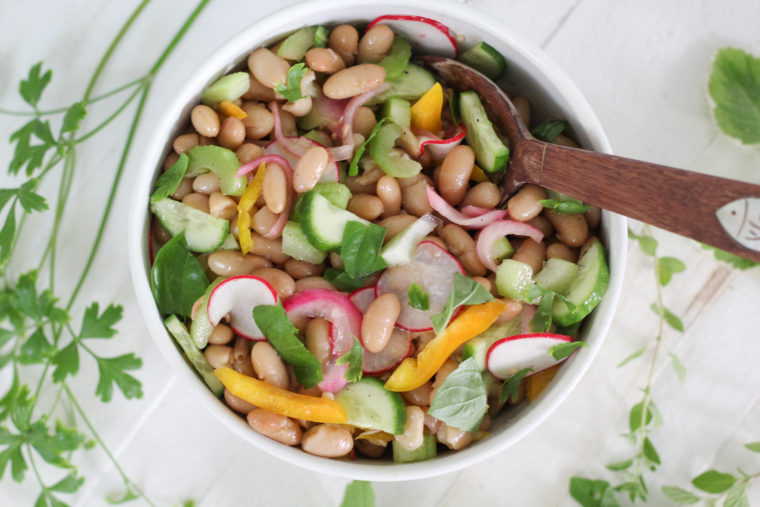
Pingback: Hoppin’ John Burgers | Suwannee Rose
Pingback: Lemony Pickled Shrimp | Suwannee Rose
Pingback: Collard Kraut-chi | Suwannee Rose
Pingback: Grilled Grouper Sliders | Suwannee Rose